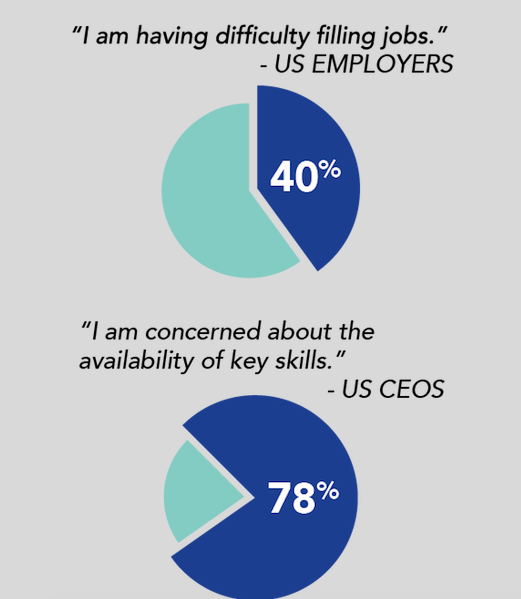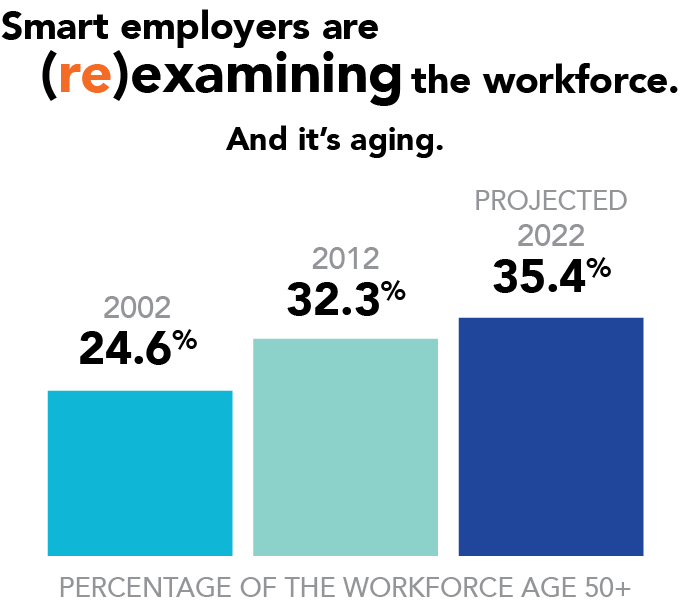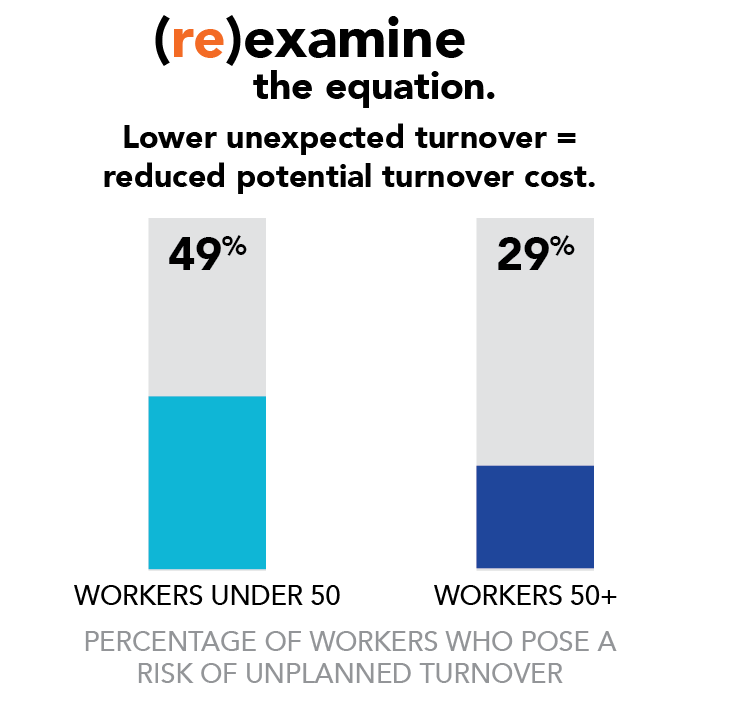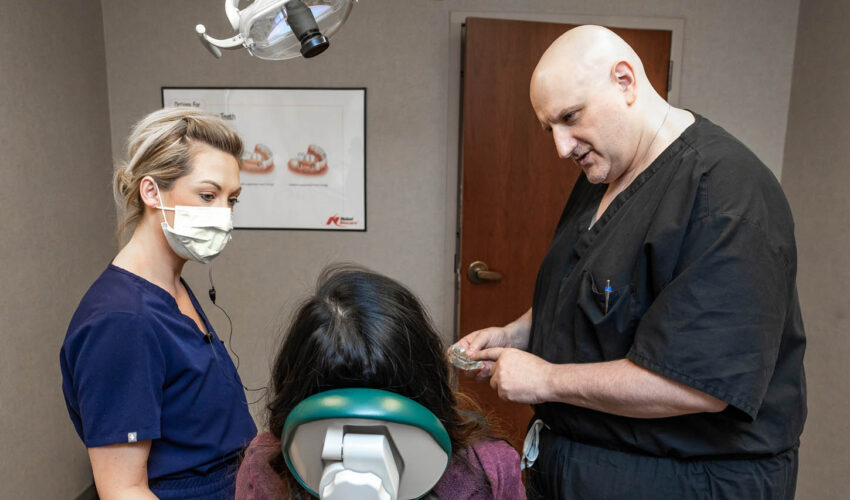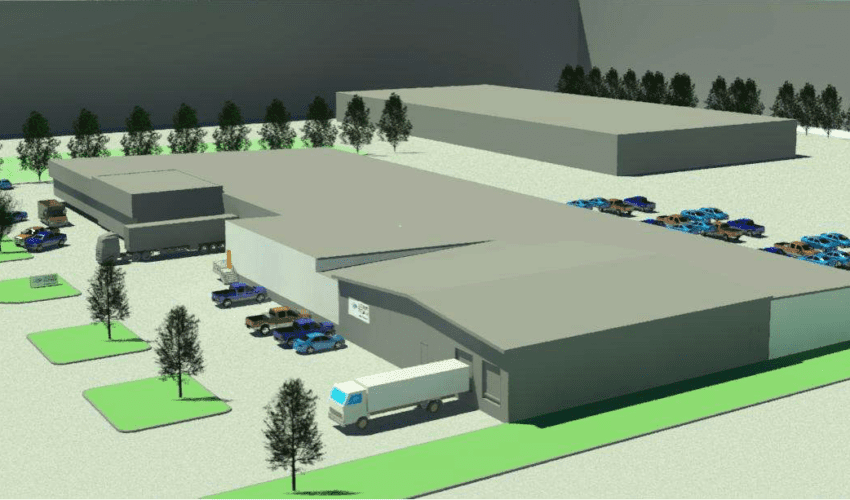Today’s workforce: Experience adds value
July 23, 2018
This paid piece is sponsored by the Sioux Falls Development Foundation.
It’s no secret that as our population ages, the workforce is aging right along with it. In light of the declining population of younger workers and the projected shortages of talent in many areas, savvy employers are turning to workers 50 and older to gain and maintain a competitive edge.
While the 50-plus workforce is growing, many employers report having trouble recruiting and retaining qualified workers. In fact, the Manpower Group 2014 Talent Shortage Survey found that 40 percent of U.S. employers reported difficulty filling jobs.
Fortunately, many of today’s older workers want viable work options later in life, either out of choice or out of necessity. A Business Case for Workers Age 50+, a study commissioned by AARP and conducted by Aon Hewitt, shows older workers possess traits that employers need and want, and that recent trends in compensation and benefits have largely diminished the relationship between labor force costs and age.
Just as today’s 50-plus population is redefining aging and eroding negative stereotypes, today’s 50-plus workers are adding value by exhibiting highly sought-after traits in today’s economy. These include experience and engagement, maturity and professionalism, a strong work ethic, loyalty, reliability, knowledge and understanding, and the ability to serve as mentors. With these traits, workers 50-plus are in a prime position to help close the talent shortage U.S. employers face.
The 50-plus segment of the workforce continues to be the most engaged on the job. The Aon Hewitt study found that, nationwide, 65 percent of employees 55 and older are considered engaged, compared to 58 percent to 60 percent of younger employees. Greater engagement has a positive effect on the bottom line. It takes only a 5 percent increase in engagement to achieve 3 percent incremental revenue growth. Given the impact of greater engagement, the report says “50-plus talent is a key ingredient in a high-performing workforce.”
Workers 50-plus make up almost one-third of today’s workforce. During the past decade alone, while the number of workers 49 and younger dropped, the number of workers age 50 to 59 grew by 28 percent and those age 60 to 69 increased by 72 percent. Here in South Dakota, older workers comprise 37 percent of the workforce.
Savvy HR managers are looking for innovative ways to encourage workers 50 and older to remain on the job beyond their traditional retirement age. They are learning that although 50-plus workers are motivated by pay and benefits, these workers also are driven by psychological and social factors to keep working. As such, 50-plus workers highly value nonfinancial offerings, such as flexible work schedules, telecommuting options, training and education opportunities, phased retirement programs and transition jobs that allow them to move into some other kind of work. Almost two-thirds of older workers nationwide see themselves working in retirement either out of choice or necessity.
While some employers have been slow to adapt to the changing workforce, largely because of negative stereotypes and outdated notions about the value of older workers, many employers have begun implementing innovative practices to attract and retain workers 50-plus. As the report notes, “A focus on the attraction and retention of workers age 50-plus will play a significant role in addressing talent shortfalls in the coming years.”
To see more workforce development strategies, read the latest edition of WIN: Workforce Information Now from the Sioux Falls Development Foundation.


